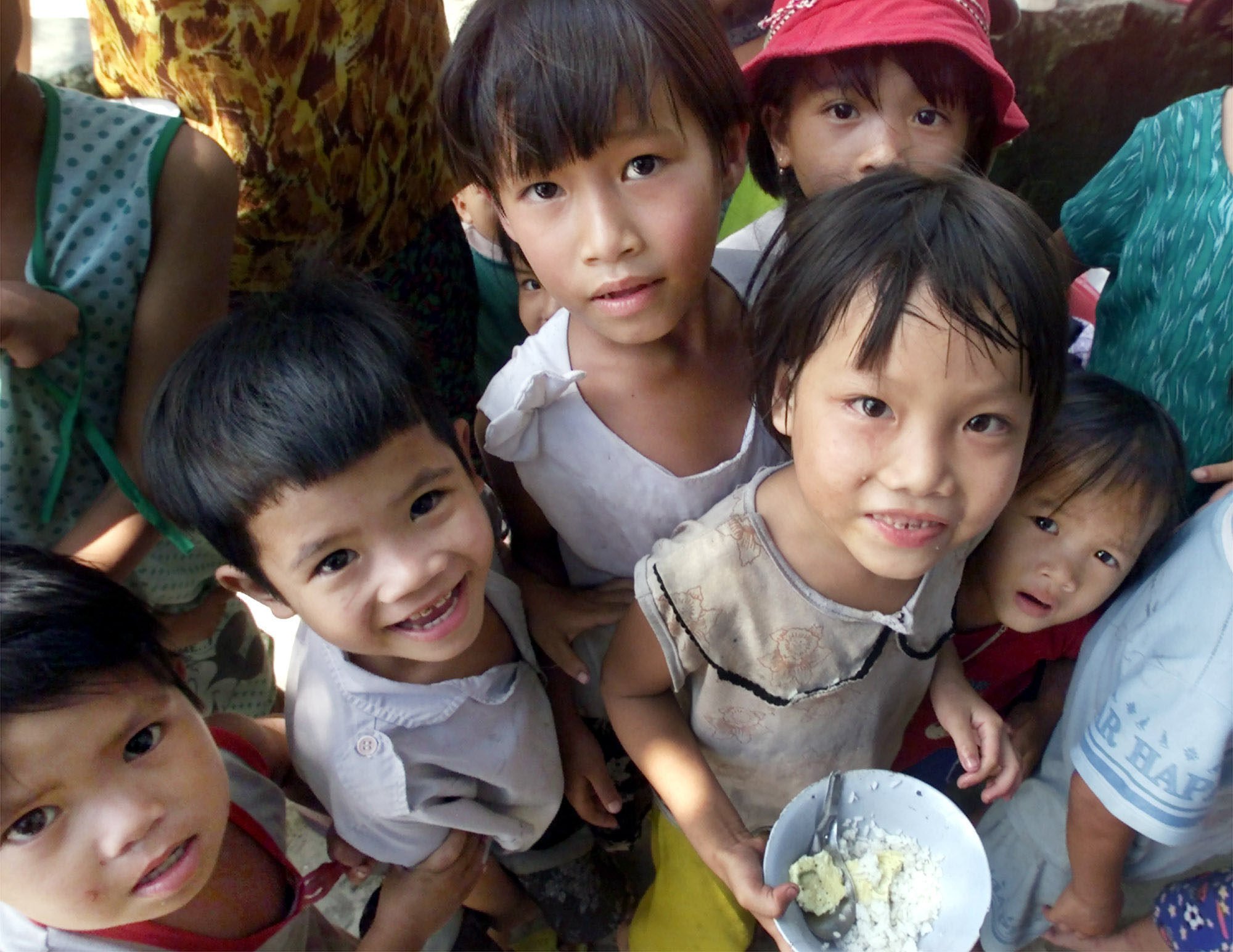Facing gender ratio crisis, Vietnam proposes tougher laws on sex selection
Officials warn Vietnam could have 1.5 million more men than women by 2034 without action

Vietnam is planning to impose stiffer penalties for gender-based sex selection in pregnancy, as the government scrambles to address a deepening imbalance in the country’s birth sex ratio – one of the worst in Asia.
A draft proposal from the health ministry would raise the maximum fine for such violations to 100 million Vietnamese dong (US$3,800), more than triple the current penalty.
Offences covered include disclosing the sex of a fetus, performing or facilitating sex-selective abortions, prescribing methods for selecting a baby’s gender and coercing or persuading someone to terminate a pregnancy based on the fetus’ sex.
The measure, part of the Population Bill now open for public consultation until June 12, aims to deter what authorities describe as a growing and illegal trend.
“This increase is necessary to ensure individuals and organisations think twice before engaging in such illegal acts,” the ministry said, according to state-linked media outlet VnExpress.

Vietnam bans all forms of sex selection, but enforcement has long been patchy and penalties weak. The current maximum fine of 30 million dong has proven “insufficient as a deterrent”, according to the government’s policy impact assessment of the bill.
At the centre of the problem is a persistent cultural preference for male children, which officials say has been exacerbated by falling fertility rates and advances in prenatal screening technologies.
In 2024, Vietnam recorded a birth ratio of 111.4 boys for every 100 girls – far above the natural ratio of around 105 boys per 100 girls, according to the US Central Intelligence Agency.
This places Vietnam among the most gender-imbalanced countries in Asia, with only a few nations such as Azerbaijan reporting similarly high ratios, according to the World Health Organization.
This contrasts sharply with neighbouring countries like Thailand, India and Cambodia, where birth gender ratios remain near the natural level of about 106 males per 100 females.
Vietnam’s gender imbalance has been worsening steadily for nearly two decades. Health ministry data shows the country’s sex ratio at birth rose above the natural range – typically 103 to 107 boys per 100 girls – as early as 2006, when it reached nearly 110. It climbed further to 112.8 in 2015 and remained high at 112.1 in 2020, according to WHO data.
The consequences are stark. Deputy Health Minister Tran Van Thuan warned that the country faced a “low birth rate, surplus of men and shortage of women”.
Without urgent intervention, he said, Vietnam could have 1.5 million more men than women in the 15 to 49 age group by 2034 – rising to 1.8 million by 2059.
Experts say the problem is deeply rooted in patriarchal family structures and traditional beliefs that prize sons over daughters.
Mai Xuan Phuong of the health ministry’s population authority has pointed out that many Vietnamese still prefer sons, a trend that has become more pronounced as the country’s fertility rate falls below the replacement level of 2.1 children per woman needed to sustain population levels.
Many families continue to believe that only a male heir can carry on the family line and perform ancestral rites, prompting some to go to great lengths to ensure the baby is a boy.
Despite the legal ban, some doctors – particularly at private clinics – still discreetly disclose the sex of fetuses using coded language such as “it’s similar or different from your first child”, VnExpress reported.
That demand, combined with accessible abortion services, has contributed to one of the world’s highest abortion rates.
As of 2023, Vietnam ranked second globally, with an estimated 46,000 female fetuses “missing” each year due to son preference, according to the United Nations Population Fund.
Beyond increasing penalties, the proposed legislation also calls for a new classification system to assess provincial-level gender imbalances. Policymakers say such geographic targeting would allow for more tailored and effective interventions.
Vietnam’s push to curb gender-based sex selection mirrors efforts in countries like China and India, which have taken steps to address similar imbalances.
Both nations saw years of distorted sex ratios due to cultural son preference and access to prenatal screening, but have since made progress through stricter enforcement, public education and targeted social campaigns.